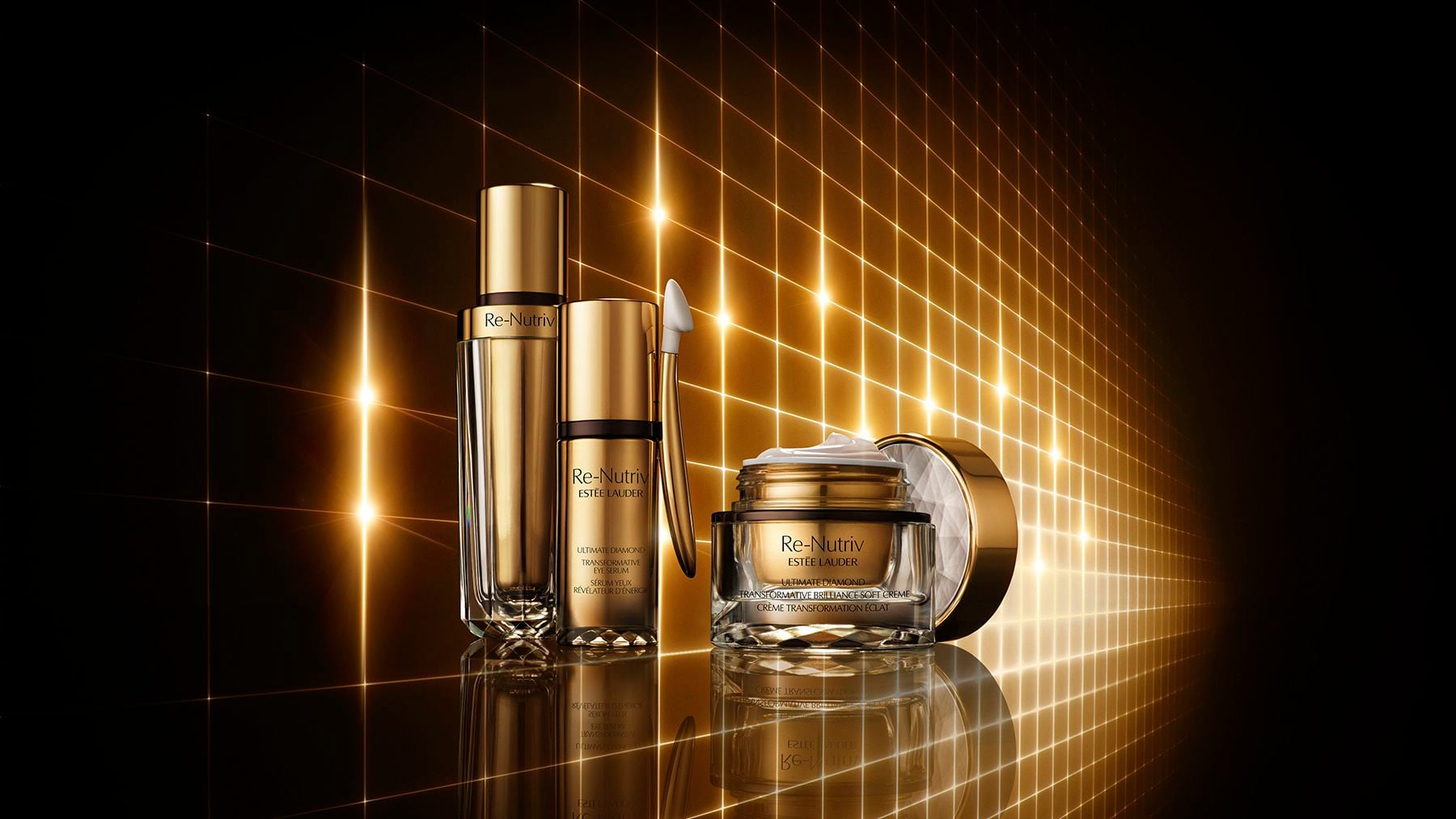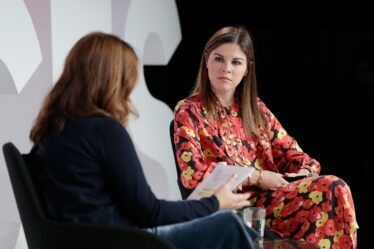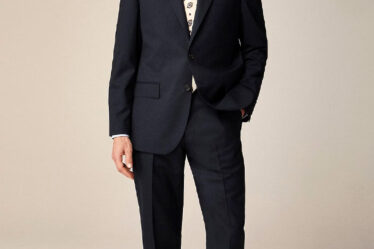
Estée Lauder is betting on two of beauty’s biggest buzzwords to pull itself out of its recent slump: “luxury” and “longevity.”
On Thursday, the flagship brand of the Estée Lauder Companies announced its newest launch, the Re-Nutriv Ultimate Diamond Transformative Brilliance Soft Crème, with Sirtivity-Lp™, the latest extension of the line’s high-end Re-Nutriv collection. Though La Mer’s Crème de La Mer is often the ELC product that beauty shoppers associate with luxury, Re-Nutriv was actually the conglomerate’s first crown jewel. Developed in 1956 by Estée Lauder, herself, Re-Nutriv contained 26 of the most precious and indulgent ingredients at the time, like royal jelly and rare oils; the formula was so special that the conglomerate’s matriarch was reportedly known to keep it in a special vault. Today, Re-Nutriv is a 30-piece lineup of both skin care and makeup, and retails from $75 to $450; a 50ml bottle of its latest addition, which launches in January with a big push in the US, China, UK and Western Europe, sells for $350.
Now, here comes the longevity part.
The new Re-Nutriv cream “reveals visible age reversal starting in just 14 days, a feat in longevity science,” according to Justin Boxford, Estée Lauder global brand president, a former leader at La Mer.
Beauty brands love to flaunt clinical and customer claims in marketing copy; Estée Lauder has taken pains to show its work, however. The launch comes after the brand has studied sirtuins, proteins that regulate metabolic processes, for 15 years. Estée Lauder has also signed on to be the inaugural supporter of the Stanford Center on Longevity’s new program on aesthetics and culture, and launched a longevity collective made of experts like Dr. Danica Chen, a professor of metabolic biology, nutritional sciences and toxicology, Dr. Mark Lachs, director of geriatrics at New York-Presbyterian and model Carolyn Murphy to reframe the conversation around anti-ageing to “visible age reversal.”
“We have an entire industry that has exploded across medicine, biohacking, wellness and we are now seeing it come into beauty,” said Boxford.
It makes sense for Estée Lauder to connect luxury and longevity. It is often the most affluent individuals who have gone to the greatest lengths (and have the greatest means) to indulge in optional MRIs, genetic testing and face creams that retail for more than $200.
But for Estée Lauder particularly, a sharpened focus on luxury could be an asset. The world’s wealthiest shoppers spend more than $350 billion every year on luxury goods, including couture garments and bags, but only a small fraction of that is on beauty. That’s because there is less and less difference between a lipstick anyone can purchase and those in the 1 percent. Dior’s popular Lip Glow Oil, for example, is $34. According to “The State of Fashion: Beauty,” created in partnership with McKinsey & Company, the luxury beauty market is expected to reach $40 billion by 2027, and yet most brands have yet to capitalise on “true luxury” (products that range in price from around $200 to $1,000) or “ultra luxury” (skin care, makeup or fragrance that reach well past the $1,000 price mark.)
The beauty business is known for its margins, but given the industry’s exposure to aspirational shoppers, many brands are struggling as interest rates remain high and the cost of necessities increase. That’s been part of Estée Lauder Companies’ troubles. The company has seen five straight quarters of declines as demand for prestige beauty fails to rebound in Asia, where ELC has placed a hefty bet. It has also seen a slower than expected recovery in travel retail. In recent earnings announced in November, the company reported a 10 percent year-on-year decline in net sales and 16 percent profit decrease. Net skin care sales, once a driver of overall company health, saw the biggest decline by 21 percent.
Some have argued that Estée Lauder Companies should broaden its mandate to be more inclusive of affordable brands like Deciem’s The Ordinary, and that’s true, but it should also move upmarket. That’s one way to ensure profitability, and Re-Nutriv is its clearest opportunity. Re-Nutriv is a top three franchise for the brand. Other best-selling products include its Double Wear Stay-in-Place foundation ($49) and Advanced Night Repair serum (which starts at $85), though those items fell squarely in prestige beauty.
Boxford acknowledged there is room for Estée Lauder to elevate itself among more affluent shoppers.
“Luxury consumers and particularly, the high end luxury consumers … are looking for absolute products [with] high performance, high efficacy and breakthrough technology, which of course, [includes] very precious ingredients,” he said, noting that over the next three years the Re-Nutriv portfolio has a robust innovation pipeline.
Still, moving upmarket will come with its challenges, especially when existing best-sellers sit under the $100 price market. To that end, Aerin Lauder, granddaughter of Estée, has evolved her role at the brand to focus more deeply on the luxury expression of the Re-Nutriv franchise for events, collaborations and marketing concepts.
Competitors also see an opportunity for the taking. Without its own Sisley or La Mer, L’Oréal, which has until now focused on clinical skin care, is putting its efforts into reviving sleeper luxury brands like Helena Rubenstein and Carita. Coty, meanwhile, is attempting to resuscitate Lancaster, a skin care line once used by Princess Grace of Monaco, as well as incubating its own in-house high-end line, Orveda. Even independent labels like Augustinus Bader, Dr. Barbara Sturm, and Biologique Recherche as well as newcomers such as 111 Skin and Eighth Day are attempting to create a clearer delineation between prestige beauty and luxury beauty with their products. (Augustinus Bader, for its part, recently partnered with Deepak Chopra to speak to longevity more broadly.)
For Estée Lauder, a successful and expanded Re-Nutriv could spur a much-needed, luxury-oriented renaissance. According to data from Circana, dollar sales for the Re-Nutriv franchise grew double-digits year-over-year in 2023, and the collection moved up nearly 20 spots in rank, driven by new launches and skin care sets. The appetite for more luxurious products is there. At this point, the company simply needs to deliver.



